Secrets
Thomas Jefferson's Monticello plantation located in Virginia is considered a national landmark today. With all of the documentation about the property, none of it pointed towards the secrets that were recently discovered on the premises.
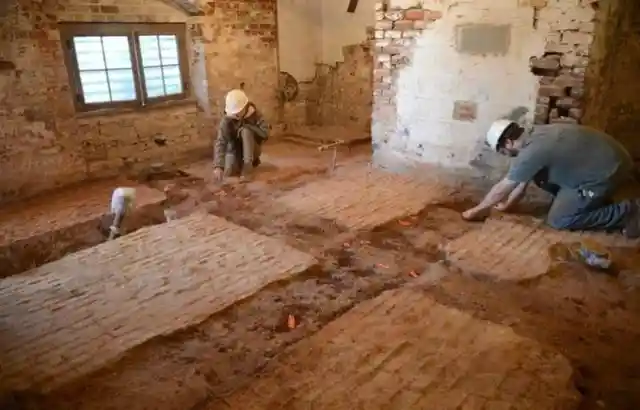
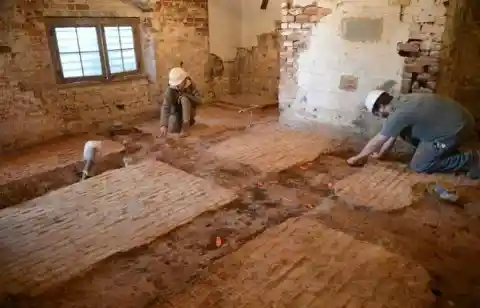
Thanks to archaeologists and a lot of effort put into finding out just what this secret was, we now know a great deal more about the scandal surrounding Thomas Jefferson and his Servant, Sally Hemings.
The Mystery
Thomas Jefferson moved into the White House in 1801 and was elected to be the third President of the United States. Before he moved into the White House was the Monticello plantation in Virginia.
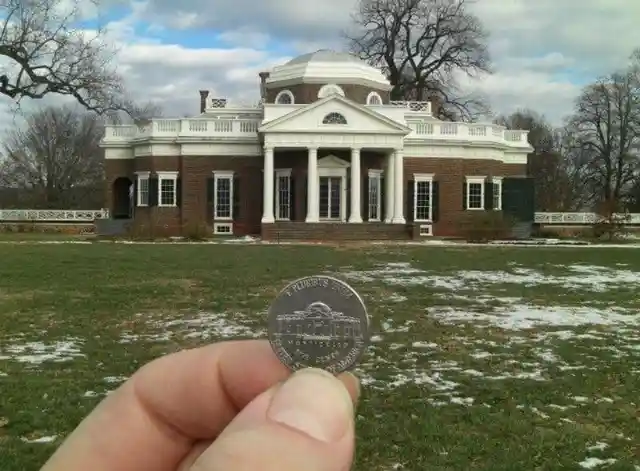
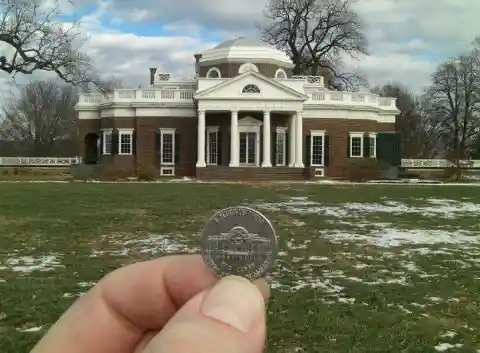
The estate is a piece of American history and you can even find it engraved on the back of the U.S. nickel. But with all of the documents in the house, there were none to indicate there was a secret that still hadn't been found all these years later.
The Mystery Around Monticello
Jefferson got the land from his father when he was 26. He started building the house and the surrounding plantation was used to grow and cultivate wheat and tobacco.


But in 2017, there would be a discovery on the ground that would have historians questioning everything they knew about the estate. Light was finally shed on the scandal.
Who was Sally Hemings?
Sally Hemings was one of Thomas Jefferson's servants that worked on the grounds. Sally was very close to Jefferson and it seemed that their lives were intertwined a little too closely.


There was no evidence around the scandal, but when something was discovered around 200 years after her death, the picture was clear as day and things were finally unearthed.
Heming's Life
Sally Hemings was born in 1773 and was the daughter of John Wayles, a planter and the father of Thomas Jefferson's wife, Martha, who is the person depicted in the painting below. Sally's mother was Betty Hemings.
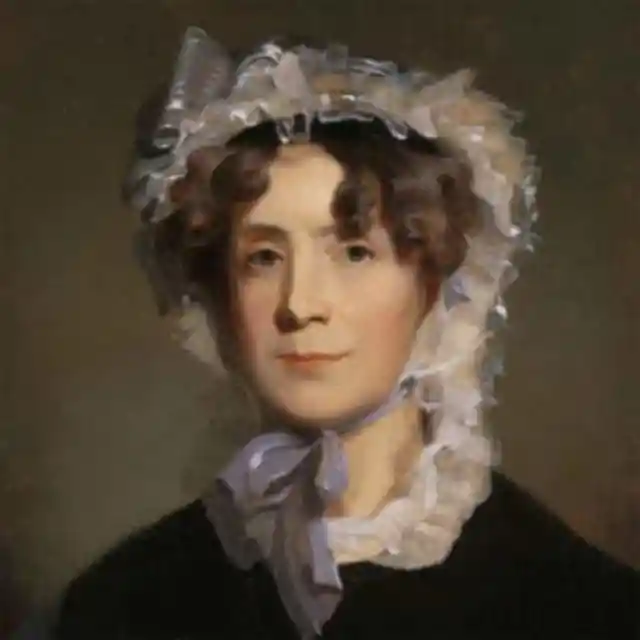

As a child, Sally, her mother, and siblings all went to work at Jefferson's estate. Sally was just a baby when she moved there.
The Hemings Children
Sally was among six children and was the youngest. Her half-sister, Martha, was 25 years older than her. The siblings grew up together at the estate.
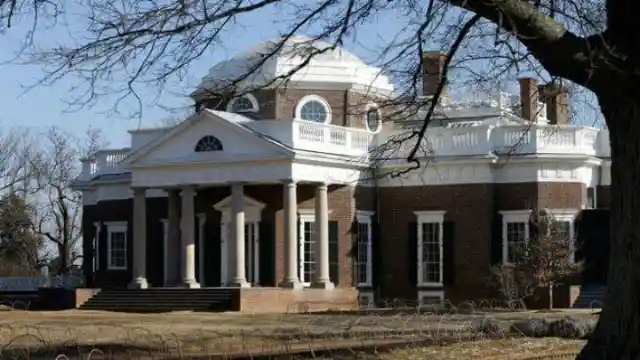
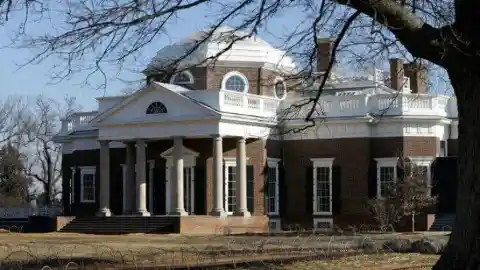
But at the time, Sally had absolutely no idea that her life of being a domestic servant would spark national interest nearly 200 hundred years after she was gone.
Clues
With all of the historical documents in the Monticello estate that cataloged Sally's life, there were none that referred to the archaeological find that would change the way people thought about her.
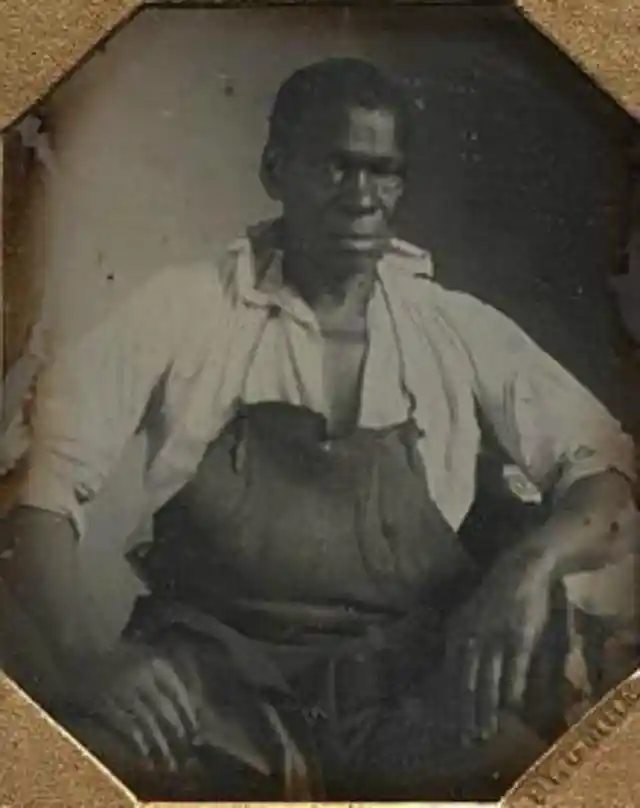
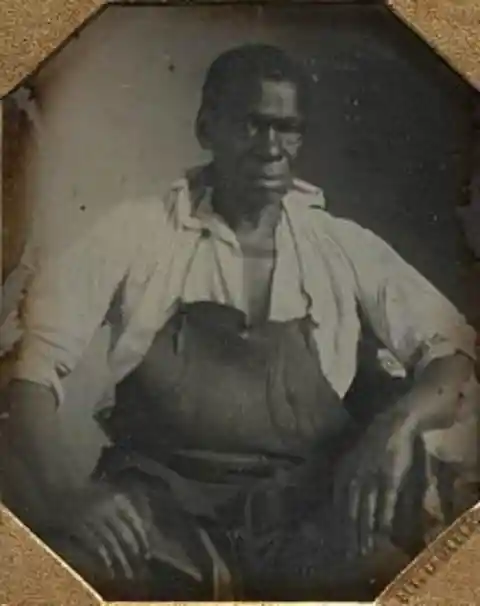
There was a description of Sally written by a blacksmith at the estate named Isaac Granger. He wrote, "Mighty near white… very handsome, long straight hair down her back." Unfortunately, there were no paintings of Sally to back up this description of her.
Sally's Description
With no portraits to show what Sally Hemings looked like, there are only descriptions to paint a picture of what she really did look like. Jefferson's grandson, Randolph, said she was "light colored and decidedly good looking".
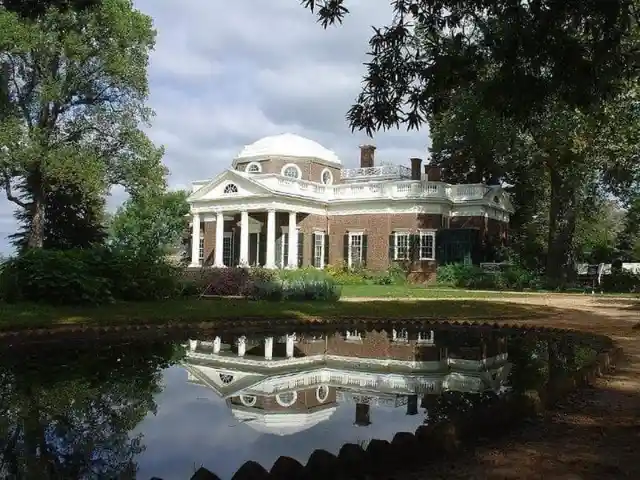
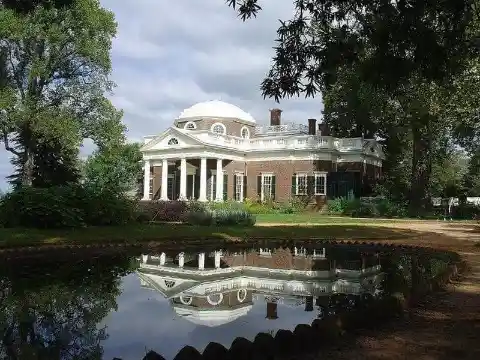
Historians say that Sally worked as a chambermaid and seamstress while she was working at the estate. Evidence in the form of detailed notes taken by Jefferson himself back up the claims.
Paris
When Sally was 14-years-old, she went to Paris and stayed there for two years. She was there with Thomas Jefferson's youngest daughters, accompanying her throughout her travels.
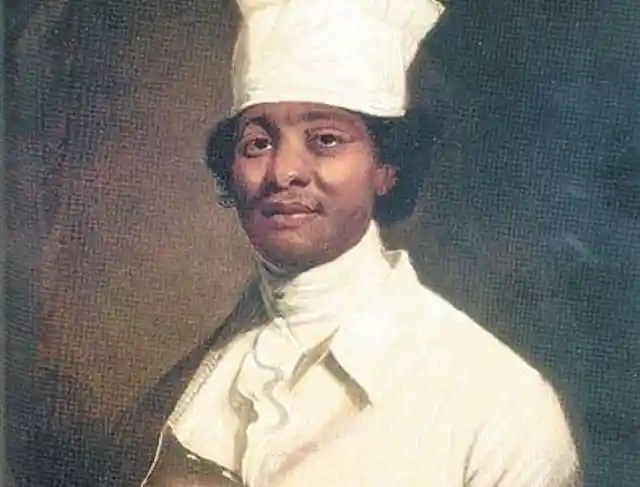
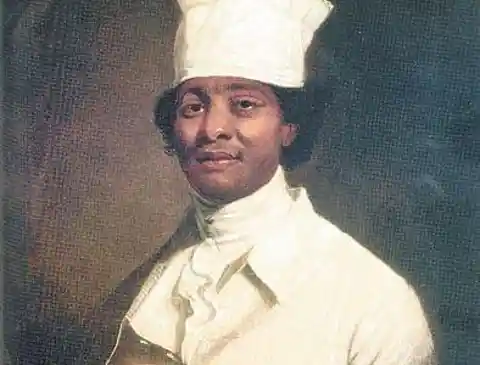
The picture above is of Sally's brother, James Hemings. Sally had an opportunity to leave Jefferson's service when she was in France but decided to stay with the family and go back with them to the estate.
A Lot Happened In Paris
Sally's life changed in Paris. At the time, Thomas Jefferson was a widower and started to get closer to Sally. She was only 16 and Jefferson was in his mid-40s. While she was in Paris, she became pregnant.
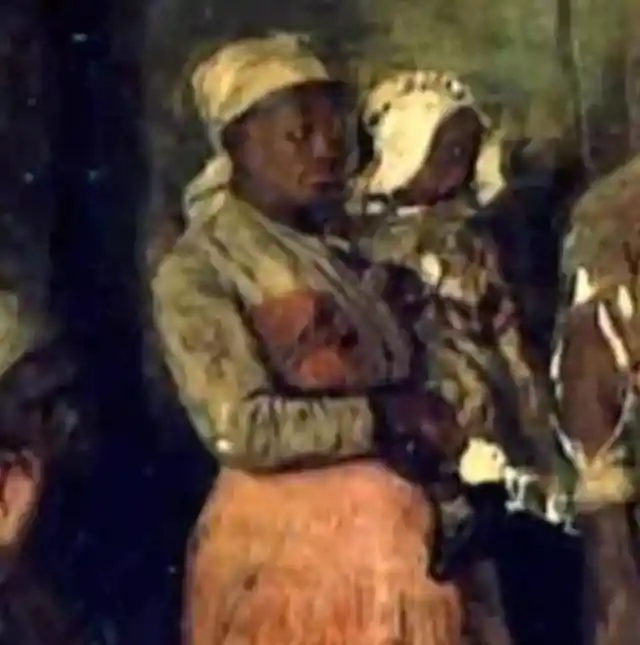
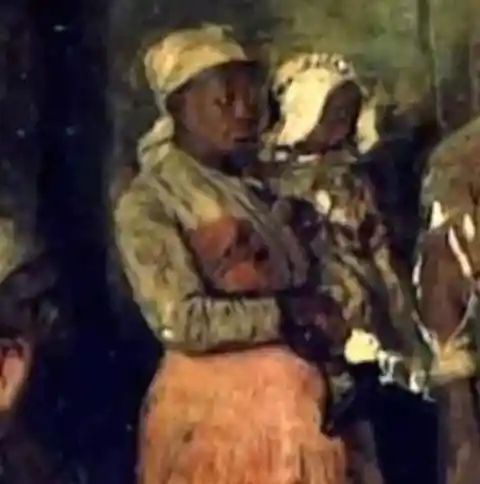
After getting back to the United States in 1789, she had six children who were considered to be Jefferson's. But this affair wasn't documented for another 20 years.
Rumors and Guesses
It was in 1802 when the first written proof of the affair surfaced. One of Thomas Jefferson’s opponents published a report known as the Jefferson-Hemings Controversy. However, Jefferson’s family publicly denied all allegations that Thomas Jefferson was the father of Sally’s children. Still, Jefferson never listed the name of the father of the Heming’s children in his records known as the “Farm Book.”


Out of six children she gave birth to, four of Sally’s children lived to become adults. Jefferson eventually freed them of slavery, which further proved that the rumors of him being their father could be true. Despite this action, Jefferson’s family continued to disprove these allegations and even historians fought against this idea for the next 150 years. However, the latest discoveries changed their view of the situation.
Science Gets Involved
The case of paternity of Sally Hemings’ children remained long unresolved. However, thanks to important scientific progress and discoveries, scientists were able to prove that Jefferson was indeed the father of the Hemings’ children. The historic DNA resting that took place in 1998 proved Jefferson was the father of at least one of Sally’s children, which led historians to think that he might indeed be the father of all six kids.
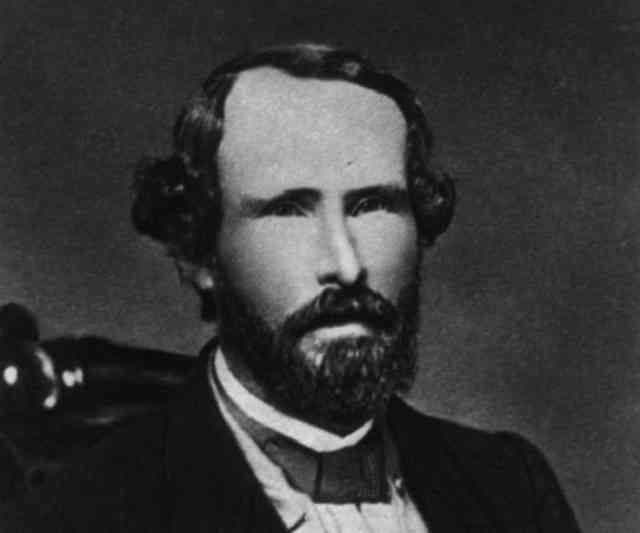
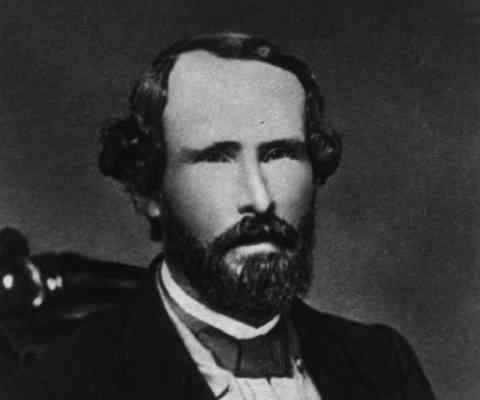
This important genetic test resulted in a match between a descendant of Eston Hemings (Sally’s youngest son pictured above), and the Jefferson’s male line. It would take two decades after this important genetic testing for archaeologists to reveal more shocking facts about Sally Hemings’ life.
An Important Discovery
The Monticello Plantation was supposed to be partially restored in 2017. During this project, archaeologists conducted excavations in the area, which resulted in finding the missing piece of the puzzle called the Monticello mystery. After years of not knowing the truth, historians have finally found the living quarters of the mysterious Sally Hemings.


In attempts to uncover the original layout of the South Wing of the Monticello plantation main house, archaeologists discovered something historic. They found the room hidden for centuries and it was hidden so well that no one could’ve guessed where it was.
The Hidden Room
The South Pavilion of the Monticello main house was renovated several times, both during Jefferson’s lifetime and significantly after it. The property went through several transformation projects in the 20th century when it became a museum. However, the reason no one could find the hidden room of Sally Hemings was because it was located beneath a modern bathroom built over it in 1941.


After being built in 1941, the pictured bathroom was renovated again in the 1960s when it was enlarged due to a larger number of visitors at Monticello. However, despite all that construction work and renovation, the hidden room of Sally Hemings remained unnoticed. You will be surprised when you see what made archaeologists dig deeper!
Reanalyzing the Case
After reanalyzing the history of Monticello, historians came across a document written by one of President Jefferson’s grandsons. According to this document, Sally’s room was indeed located in the south wind of the main house at the Monticello plantation.
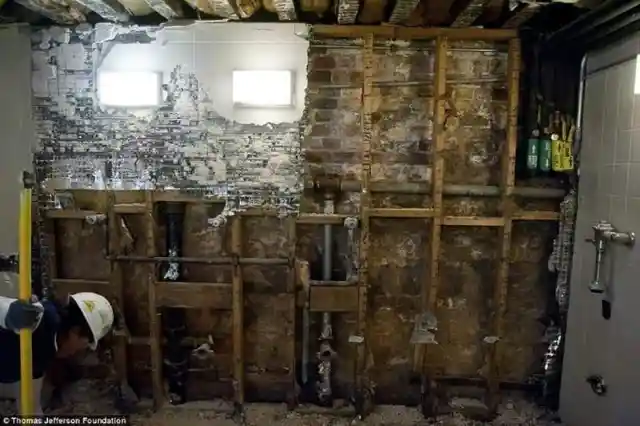

Even though experts could not be completely sure whether this information was true, it didn’t take them long to realize that there might actually be something hiding beneath that renovated bathroom. Despite their wild imagination, no one could’ve guessed that they were about to find some stunning historic artifacts.
Stunning Discoveries
When it was time to begin the search, archaeologists destroyed the modern men’s bathroom at Monticello and dug through the dirt until they eventually found the remains of the Sally Hemings’ 14-foot living space. Surprisingly, the room still contained the original brick flooring from the early 1800s.
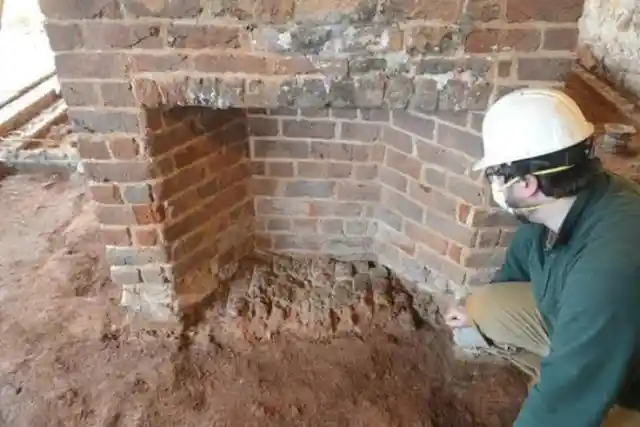
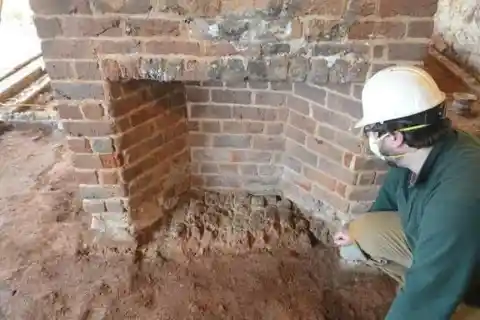
As they kept digging, archaeologists found even more surprises. They came across the original brick hearth and a fireplace. However, besides what the room was hiding inside, its location brought some mystery as well. Interestingly, Sally’s room was adjacent to president Jefferson’s bedroom. Could that have been a coincidence?
Finding the Meaning
After analyzing the newly found data, historians had more tangible proof that Thomas Jefferson was indeed the father of Sally’s children, considering the close proximity of Sally’s room to his private quarters. The fact that their rooms were so close to each other, along with the genetic evidence provided by the DNS test conducted in the 90s, was evidence enough for historians to conclude that Jefferson was the father of Hemings’ children.
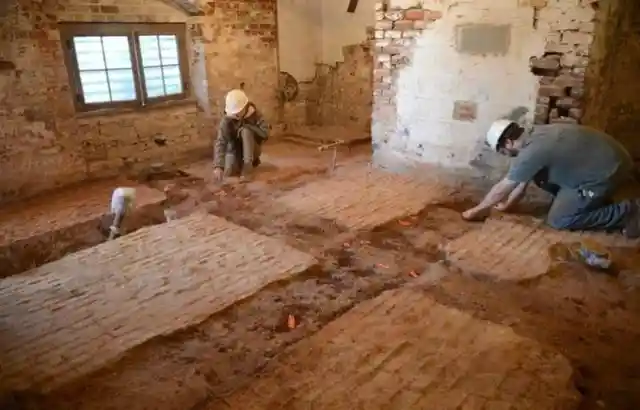
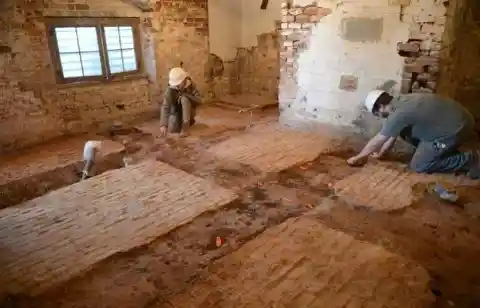
Fraser Neiman, the director of archaeology at Monticello, later stated: “This room is a real connection to the past. We are uncovering and discovering and we’re finding many, many artifacts.” After further investigation, this hidden room revealed even more details about the life of this interesting woman who was brought to the Monticello plantation as a slave.
The Life of Slaves
“This discovery gives us a sense of how enslaved people were living. Some of Sally’s children may have been born in this room,” added Gardiner Hallock, the director of the restoration for Jefferson’s home. “It’s important because it shows Sally as a human being — a mother, daughter, and sister — and brings out the relationships in her life.”
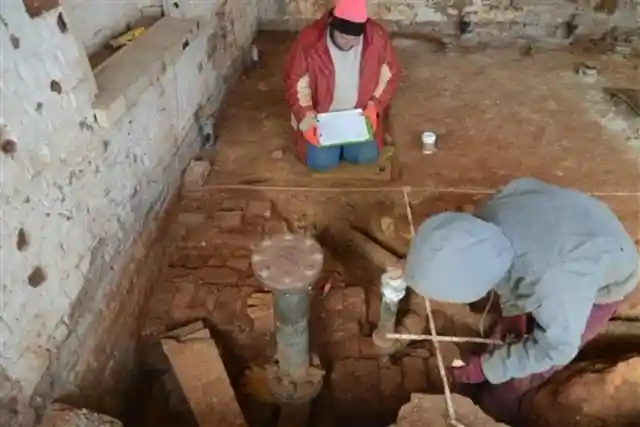
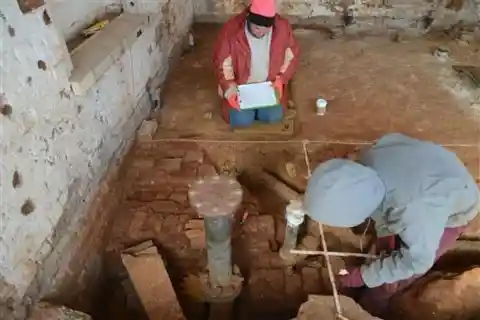
After all these discoveries, historians came to believe that the reason why Sally Hemings returned to the U.S. from Paris was because Thomas Jefferson had promised her that her children could be free once they become adults. Interestingly, the Hemmings family were the only family Jefferson ever freed during his lifetime. Even though he did free some other individuals, he never freed a whole family of four siblings.
The Truth
Besides proving that Thomas Jefferson was the father of children born to an enslaved woman, the recent discovery of the hidden room proved that Sally Hemings had a much higher standard of living compared to other slaves at Monticello. However, despite the privileges she was given, Sally always remained a slave and had to work at the estate just like any other slave did.
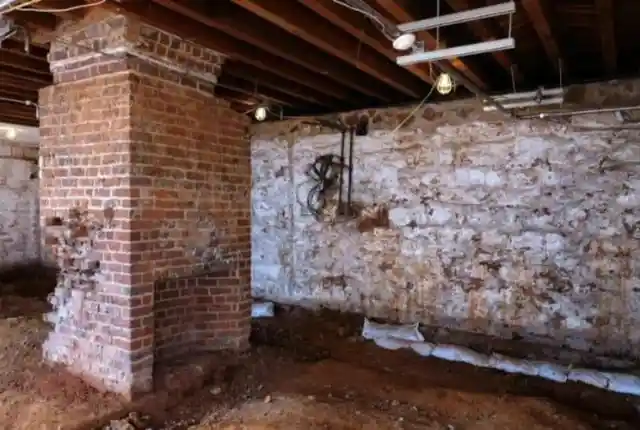
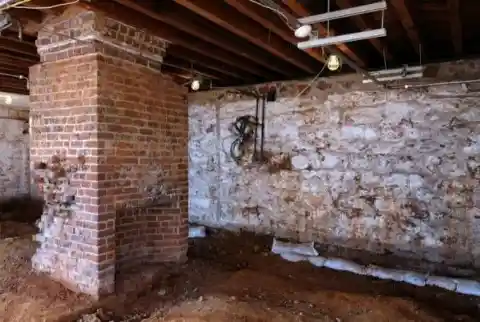
Even though she had a room adjacent to Jefferson’s private quarters, Sally still lived in uncomfortable conditions. It was later discovered that the room had no windows, which meant it must have been dark and uncomfortable to live in. Some even believed that the reason a bathroom was built over her room was because people wanted to cover up her existence. They considered that building a bathroom in that location was an insult to Sally’s legacy.
Restoring the Room
The historians at Monticellow are now restoring the room of Sally Hemings and planning to open it for the public in 2018. They decided to exhibit the space along with furniture and artifacts from that period which were found on the property, including ceramics and bone toothbrushes.


A project worth 35 million dollars, named the Mountaintop Project, was created to bring more transparency on the past at Monticellow. The project aimed to tell the story of people who lived and worked at the state, both the free and enslaved workers, as well as focus on the Hemings family as one of the most extraordinary families in the US history.
First Historic Proof
“For the first time at Monticello we have a physical space dedicated to Sally Hemings and her life,” said Mia Magruder Dammann, the spokeswoman for Monticello. She also added that: “It’s significant because it connects the entire African American arch at Monticello.”
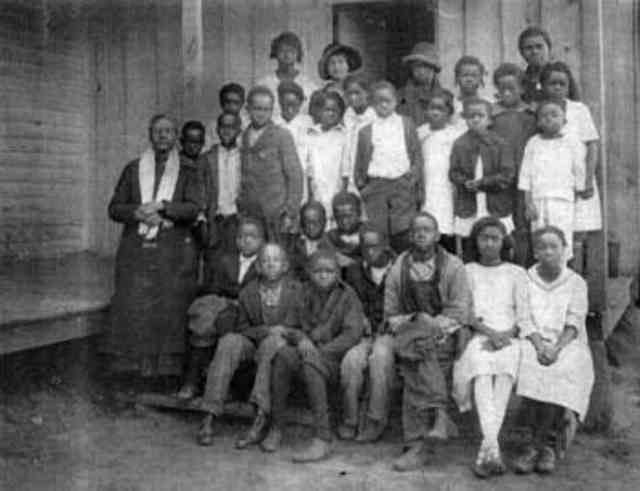
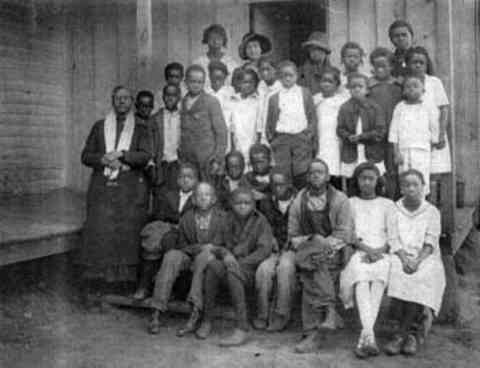
The discovery of Sally Hemings’ room shed some light on her life, as well as on life of all enslaved workers on the estate. After this important discovery, curators have been putting effort in incorporating the story of Sally’s life into the overall narrative of Jefferson’s life and presidency.
Portraying Her Outside the Mystery
According to the historian Niya Bates, the discovery of Sally’s room will also “portray her outside of the mystery.” The newly created exhibit added a more humanizing image of Sally Hemings, a woman whose life story was surrounded by rumors and gossip for centuries.
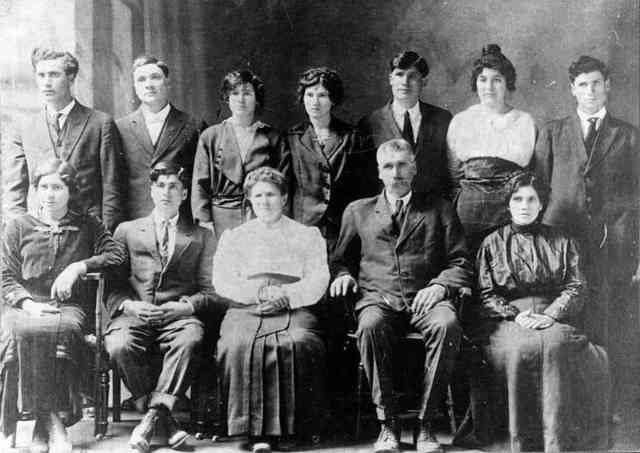
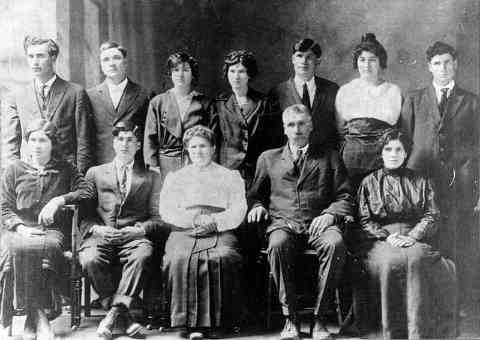
“She was a mother, a sister, an ancestor for her descendants (pictured) , and [the room’s presentation] will really just shape her as a person and give her a presence outside of the wonder of their relationship,” Bates said.
In the Memory of Sally
The decades of portrayal of Monticello have been changed due to the new archaeological findings. The focus was now put on Sally Hemings, the topic of the most interesting exhibitions on the property. Lucia “Cinder” Stanton, who is now a retired historian, began working at Monticello in 1968 and she recalled that Sally’s name wasn’t even mentioned in tours at that time. This was about to change.
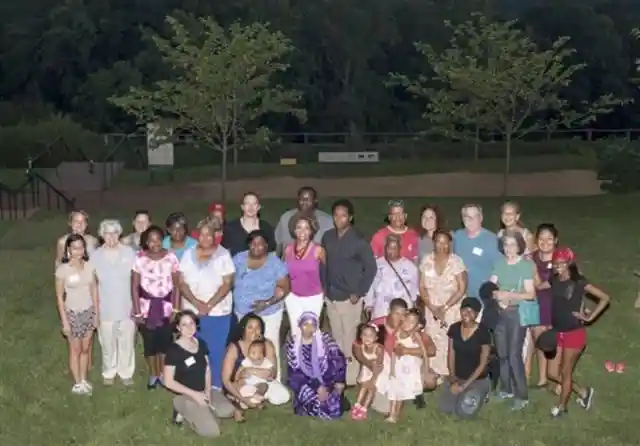
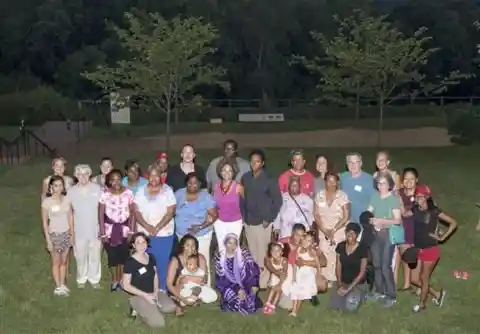
There wasn’t much to say about the Hemings family back in the day. However, in 1993 on the 250th anniversary of Jefferson’s birthday, curators began including the stories of enslaved people into tours and exhibitions. Still, it took a long time for the descendants (pictured) of the slaves to visit the Monticello property.
In Honor of Mulberry Row
Besides Sally Hemings, historians focused on the lives of other enslaved people. In 2015, a new project was started at Monticello, which portrayed the stories of other enslaved workers at the manor. A restaurant called Mulberry Row was created, displaying the reconstruction of the central plantation street dwellings where the enslaved people used to live.


The row featured more than 20 structures between the years 1770 and 1831. The newly built restaurant drew over 100 descendants of enslaved workers to take part in a tree-planting memorial. This was only the beginning of many commemorative efforts to come.
A Wider Story
Along with the Mulberry Row project, the curators are going to place a lot more focus on the exhibition of Sally Hemings’ room and the overall story of her life. They are going to offer a more comprehensive account of the events that took place at the Monticello property, related not only to Jefferson’s family but other people as well.
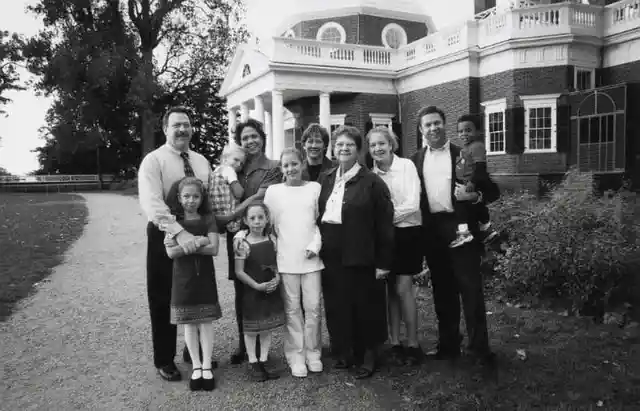
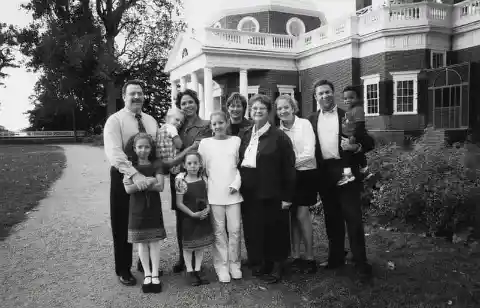
This recent discovery has certainly shed some light on the mysteries regarding the life of Sally Hemings. However, some of her distant relatives seem to disagree with the legacy associated with Thomas Jefferson.
The Opinions of a Slave Descendant
Gayle Jessup White, Sally Hemings’ great-great-great-great niece and also a Monticello’s Community Engagement Officer, said: “As an African American descendant, I have mixed feelings – Thomas Jefferson was a slaveholder.” Despite her opinions, she has shown much appreciation for the work her colleagues are doing.


“But for too long our history has been ignored,” she added. “Some people still don’t want to admit that the Civil War was fought over slavery. We need to face history head-on and face the blemish of slavery and that’s what we’re doing at Monticello.” Jessup certainly wasn’t the only one who felt this way.
Not Everyone Shared the Same Opinion
Furthermore, White explained that people have had mixed feelings about the Monticello story being a part of African American history. “I find that some people are receptive to the message and some are resistant,” she said.
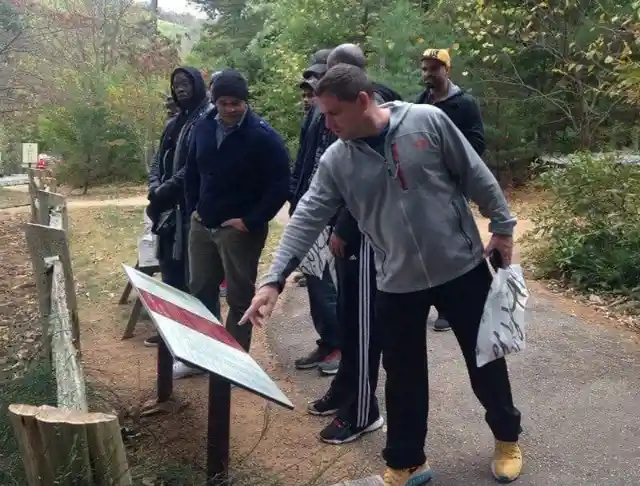

“But our message is that we want the underserved communities and communities of color to become partners with us,” he highlighted. “Anecdotally, we have seen an uptick in African Americans visiting Monticello so I know we’re making progress.”
Some Questions Still Remained Unanswered
Despite all the great discoveries of the recent time, there are still many questions and holes in the historic tale of the Monticello estate. It’s true that then-President Jefferson kept a log of hundreds of his slaves but there were only a few individual photo portraits of the actual people who worked at the plantations.
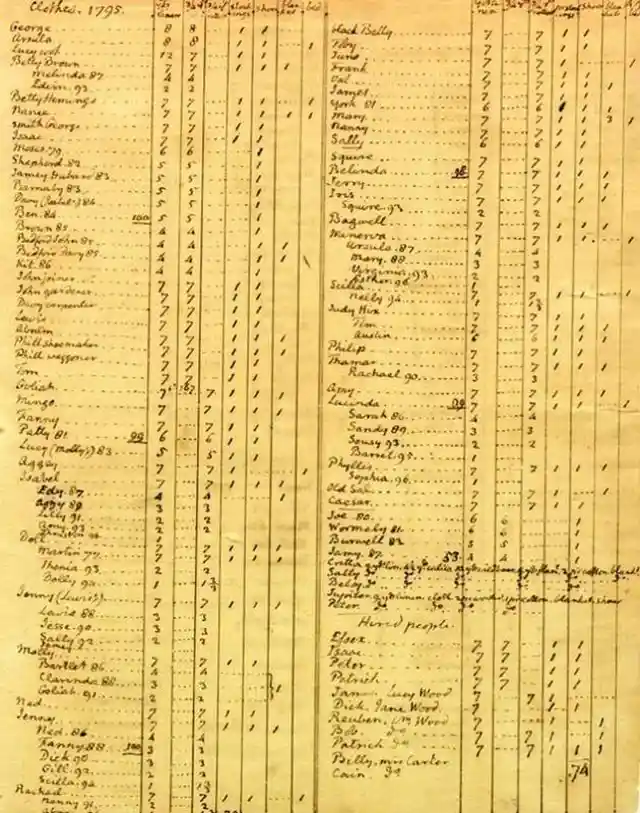
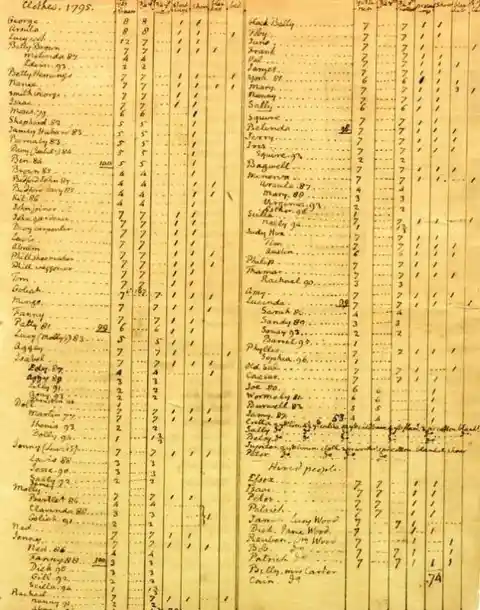
The descendants of the enslaved workers who lived at the Monticello property held several ventures at the Monticello museum, revealing more details about their lives that hadn’t been written in history.
The Hemings Family
The descendants of Sally Hemings made significant contributions to the discovery of her life story, including forming her family tree. Considering that these descendants were connected to Thomas Jefferson, it is quite impressive that we can still trace this lineage to this day.
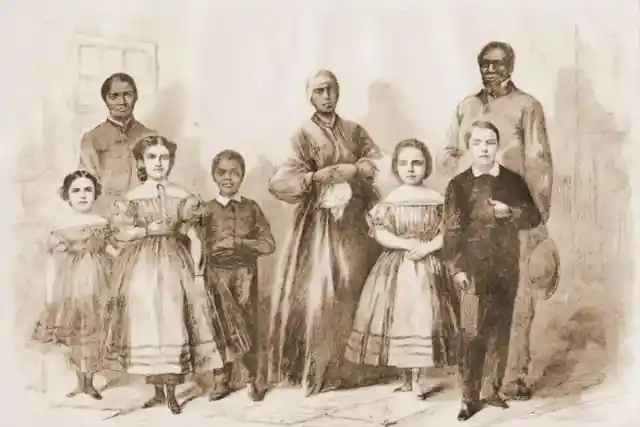
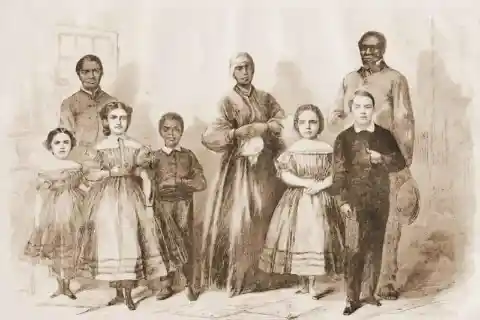
In 2008, a book titled The Hemingses of Monticello: An American Family, was published by historian Annette Gordon-Reed. In this book, she discussed individual aspects of slave people by following the history of different generations of the Hemings family through legal records, farm logs, newspaper, diaries and other sources. Her efforts resulted in something quite astonishing.
More About the Hemings Children
The four of the Hemings children who survived into adulthood were Eston, Madison, Beverley and Harriet. All of them except for Madison decided to spend their lives in the white society in the North. Madison left behind a memoir that revealed more information about the other Hemings siblings.


According to this source, which was considered reliable, the Hemings sisters Beverly and Harriet both married affluent men in the white society in Washington DC. On the other hand, the remaining Hemings brothers both married free women of color in Charlottesville, while only Eston decided to change his last name to Jefferson to acknowledge his paternity.